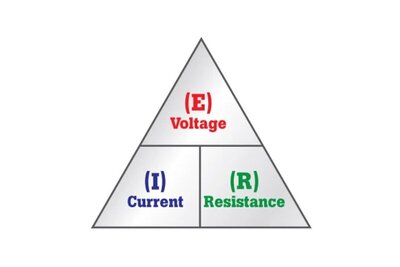JG1966
Well-Known Member
So, I've been chasing my 14.95 overcharging battery on my 72 RR. Here are my voltage drops testing from battery positive
Red wire connector at Molex (engine side, closer to bulkhead) .16
Blue wire at Molex (engine side) .21
Ignition switch (probing blue and red wires on switch side of Molex) .12
Blue igniton wire at bulkhead connector .71
Blue ignition wire at ballast .62
Blue wire connector at alternator .74
HOW can my voltage drop be more at the blue bulkhead connector than at the blue wire at the ballast? Ballast is "downstream," I thought. Shouldn't it always be the same or more?
Thanks
Red wire connector at Molex (engine side, closer to bulkhead) .16
Blue wire at Molex (engine side) .21
Ignition switch (probing blue and red wires on switch side of Molex) .12
Blue igniton wire at bulkhead connector .71
Blue ignition wire at ballast .62
Blue wire connector at alternator .74
HOW can my voltage drop be more at the blue bulkhead connector than at the blue wire at the ballast? Ballast is "downstream," I thought. Shouldn't it always be the same or more?
Thanks
Last edited:


















